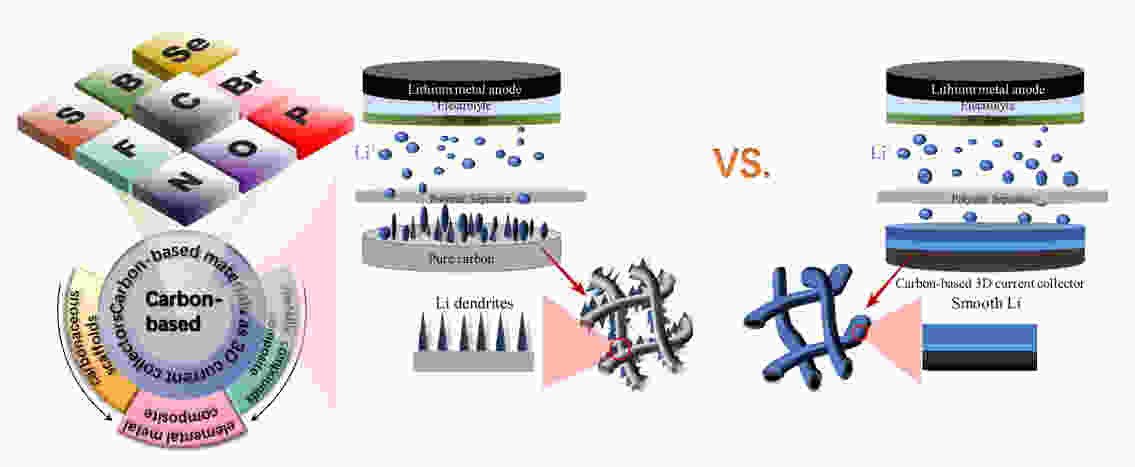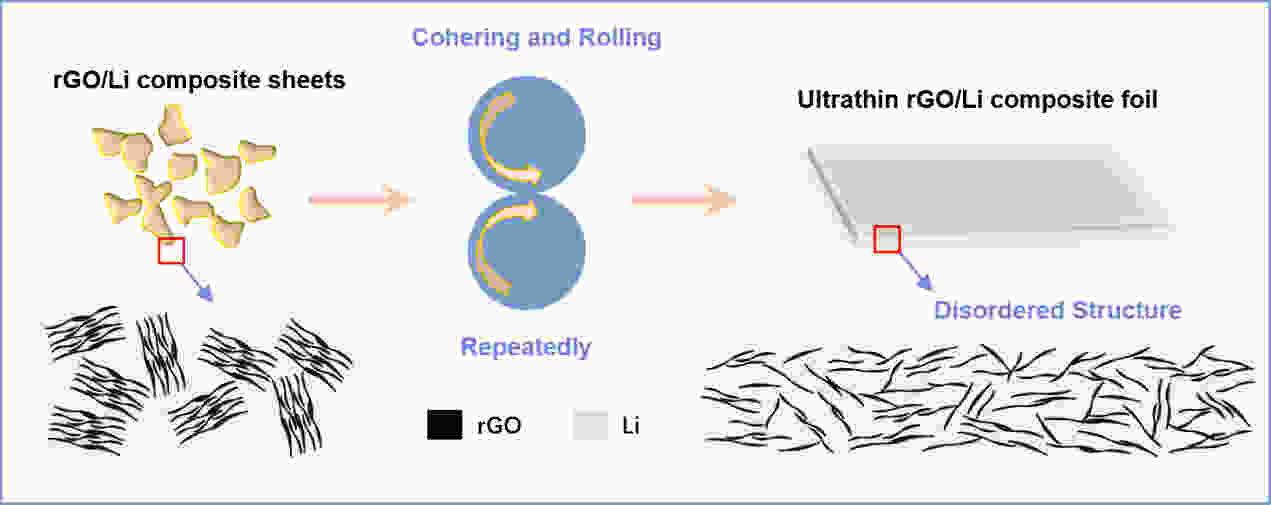2023年 第38卷 第4期
2023, 38(4): 583-598.
doi: 10.1016/S1872-5805(23)60768-1
摘要:
2023, 38(4): 599-622.
doi: 10.1016/S1872-5805(23)60762-0
摘要:
2023, 38(4): 623-640.
doi: 10.1016/S1872-5805(23)60744-9
摘要:
2023, 38(4): 641-658.
doi: 10.1016/S1872-5805(23)60773-5
摘要:
2023, 38(4): 659-677.
doi: 10.1016/S1872-5805(23)60767-X
摘要:
2023, 38(4): 698-724.
doi: 10.1016/S1872-5805(23)60734-6
摘要:
2023, 38(4): 725-742.
doi: 10.1016/S1872-5805(23)60761-9
摘要:
2023, 38(4): 743-753.
doi: 10.1016/S1872-5805(23)60745-0
摘要:
2023, 38(4): 754-764.
doi: 10.1016/S1872-5805(23)60729-2
摘要:
2023, 38(4): 765-775.
doi: 10.1016/S1872-5805(23)60739-5
摘要:
2023, 38(4): 776-786.
doi: 10.1016/S1872-5805(23)60766-8
摘要:



 摘要
摘要 HTML
HTML PDF
PDF













 虚拟专题
虚拟专题

 邮件订阅
邮件订阅 RSS
RSS 下载中心
下载中心 友情链接
友情链接

